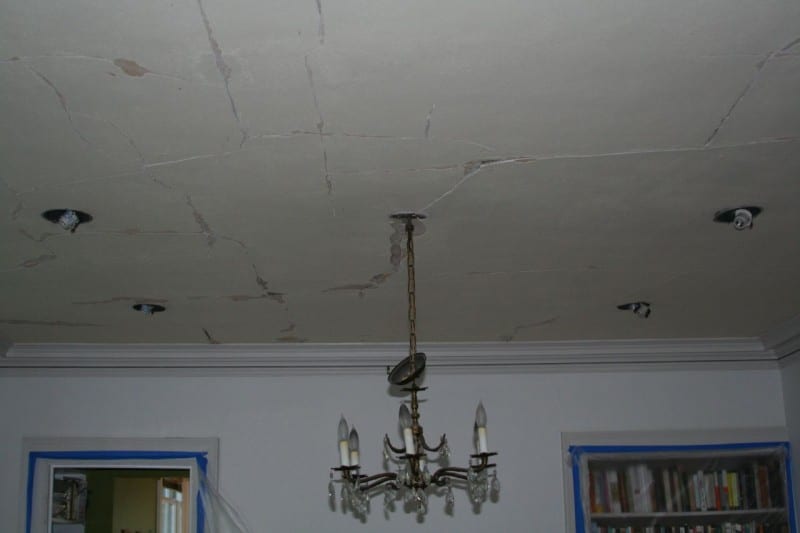Prolonged water exposure can be detrimental to a residential foundation. This is especially a pressing issue after a flood-inducing storm, which is not that uncommon in the North Texas region. The aftermath of a flood can deal immense damage to a foundation if the problem isn’t addressed and the water is left to linger.
How Does Flooding Damage a Foundation?
The foundation issues from flooding can be numerous and should not be shrugged off by homeowners. The heavy rainwater and gusts from a storm can wash and erode the soil the foundation rests on. This leaves gaps and spaces where rainwater can collect and remain long after the storm settles. The water can seep into existing cracks in the concrete and compromise the foundation’s structural integrity.
Excess water can also cause the soil around your home to expand, which in turn puts pressure on your foundation and can ultimately cause it to shift dangerously to the point where it requires repair intervention.
There is yet a third factor that can damage your foundation, and that’s the moving force of the water itself. Water traveling at 10 mph has the equivalent force of winds traveling at 270 mph. The water pressing against the foundation is powerful enough to separate a foundation from the walls. The moving water can also push against and damage the concrete piling underneath the foundation.
Signs of Foundation Damage from a Flood
Perform a home checkup in the aftermath of a flood. Be proactive and look for the following:
- Cracks in the floor, walls, and ceilings that were not there before
- Doors and windows may not open or shut properly
- Tears in the wallpaper
- The soil appears lower or not level with the lawn
- Noticeable gaps between the wall and ceiling or floor
- The garage door may appear slanted in the open or shut position
Flood Damage Prevention
The key is to prevent water from pooling anywhere near your property. You can take these precautions:
- Inspect your downspouts and ensure they point away from the home. If your home lacks a gutter system altogether, install one before the next incoming storm.
- Install a sump pump or foundation vent. This enables water to flow through the home rather than pool around it.
- Apply sealants and coatings on your walls, windows, and doorways. This prevents floodwater from entering the home through cracks in these components.
- Grade your lawn so that the ground slopes away from your home. If the slope is toward the home or the ground is completely flat, water can pool around the house.
- Keep mulch away from the home. Mulch can absorb water and cause the foundation, walls, and siding to rot.
What to Do Next
Contact Align Foundation Repair if you notice signs of water damage on foundation. We provide comprehensive flooded foundation repair services in North Texas. We can inspect the foundation and determine whether immediate foundation fixes are necessary. The first and most important step is to make the call; never assume that your foundation is fine after a flood!




